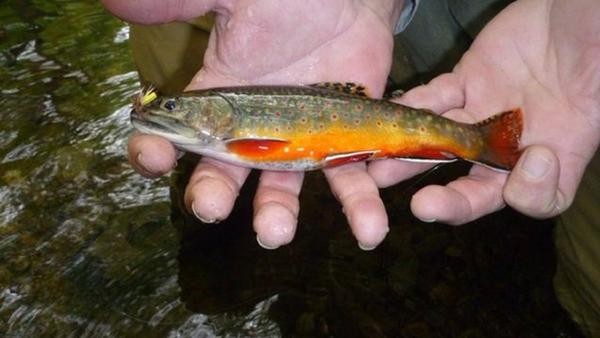For the first time since it was established in 1934, the streams in the Great Smoky Mountains National Park are open to public for fishing.
This breakthrough is due to the park's reopening of 8.5 miles of Lynn Camp Prong, where biologists have worked for the past six years to remove nonnative rainbow trout and re-establish brook trout-which is the only trout species native to the Southern Appalachians.
Before the park was founded, the anglers often stocked rainbow and brown trout into the mountain streams. These nonnative fish then outcompeted the native brook trout rapidly. Also, acid rain reduced the population of brook trout at elevations above 3,000 feet due to low stream pH.
The park began to take active measures to restore the brook trout populations in the stream in 1986. Since then, the brook trout have made a comeback. According to WCPO, the restoration of the native fish was a joint effort between the National Park Services, Tennessee Wildlife Resources Agency, North Carolina Wildlife Resources Commission, Friends of the Smokies, the Federation of Fly Fishers, and local volunteers and universities.
Smokies fisheries biologist Matt Kulp said: "Our mission is restore native species for future generations, whether it's elk or brook trout," adding that the majority of the park's fishing is rainbow trout and always will be. However, he said that it's good to know that there are still few places where you can go and catch a native brook trout in their native habitat.
Brook trout, as of today, are found in only 30 percent of the streams they occupied previously in the Southeast because of environmental factors such as logging, stream acidification due to acid rain, and the introduction of rainbow trout.
The national park has approximately 2,900 miles of streams, and about 20 percent are said to be large enough to support trout. About 15 percent of these streams' miles are occupied by rainbow trout, while brook trout are found in about 8 percent.
According to studies, recreational angling under the park's current regulations will not harm the populations of the brook trout. Park fishing regulations require for a valid North Carolina or Tennessee license, with a 5-fish possession limit and a minimum size limit of only 7 inches in reference to National Park Services.





















